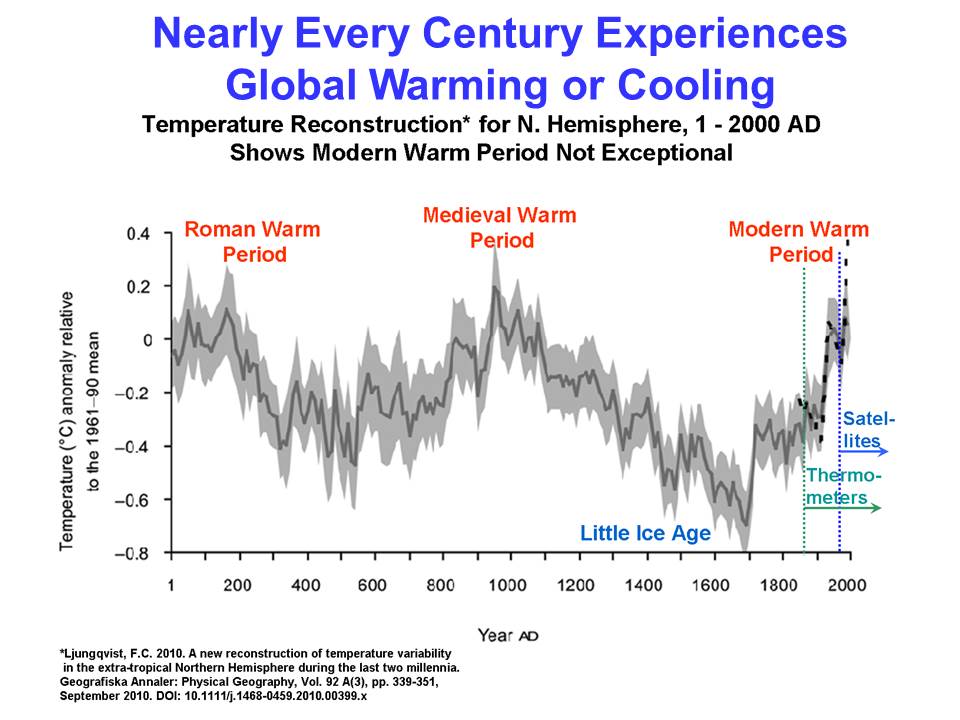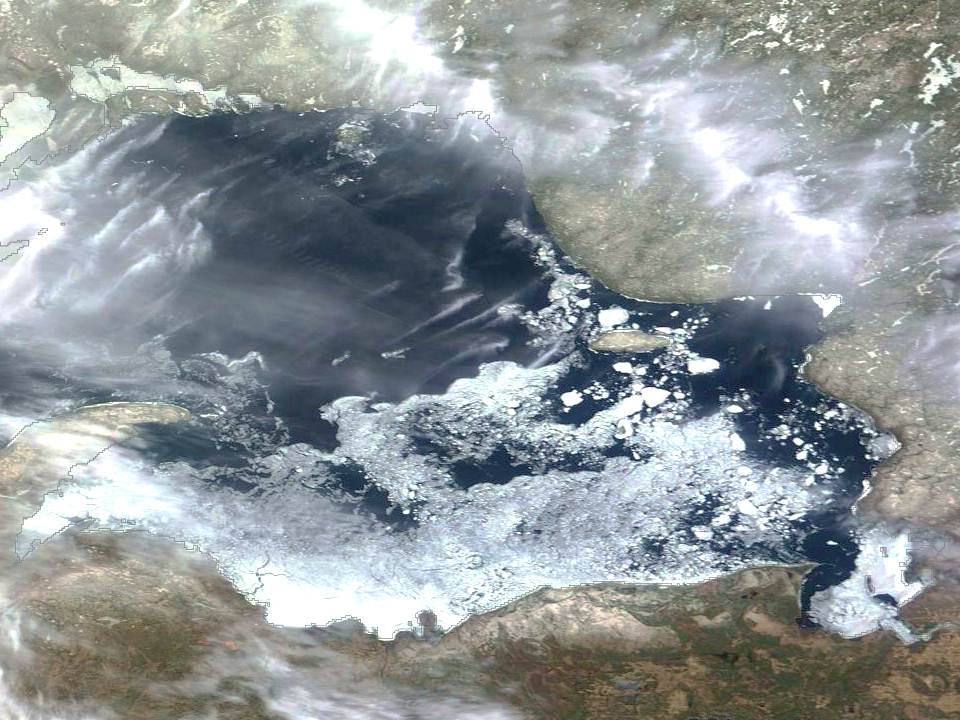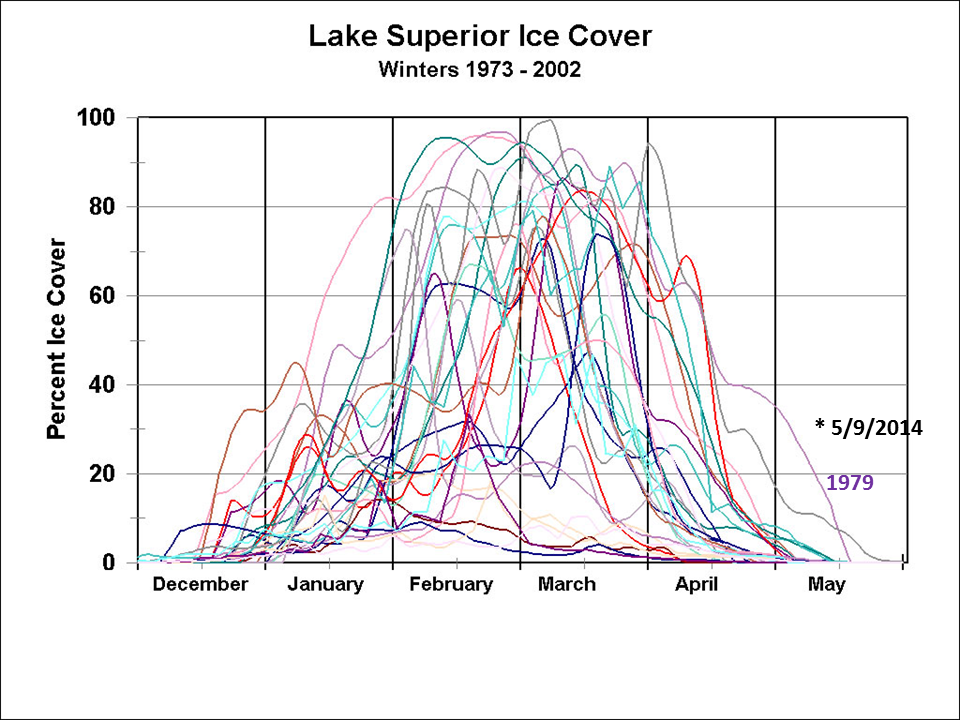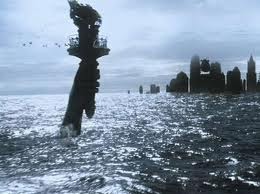 Lennart Bengtsson being bullied by colleagues is only the latest example of bad behavior by climate scientists who have made a deal with the devil. They have exchanged their scientific souls for research grants, prestige, and easy access to scientific journals to publish their papers.
Lennart Bengtsson being bullied by colleagues is only the latest example of bad behavior by climate scientists who have made a deal with the devil. They have exchanged their scientific souls for research grants, prestige, and easy access to scientific journals to publish their papers.
I predict history will not treat them kindly, and the reputation of all climate scientists will be tarnished in the process. As it is, the public who pays our salaries are already laughing at us.
Some of us (Christy, Lindzen, myself and others) have put up with many years of unfair treatment by a handful of activist gate-keeping colleagues who stopped our papers from being published or proposals from being funded, sometimes for the weakest of reasons.
Sometimes for entirely made-up reasons.
What makes the Bengtsson case somewhat unusual is his high profile. A Director at ECMWF. Then Max Planck Institute. He was at ECMWF when that organization became the top weather forecasting center in the world. He knows the importance of models providing good forecasts, with demonstrable skill — exactly what the climate models do not yet provide.
That climate models do NOT provide good forecasts with demonstrable skill should concern everyone. But as Bengtsson has found out, a scientist advertises this fact at their peril.
Bengtsson has always been a little skeptical, as all good scientists should be. After all, most published science ends up being wrong anyway.
But once he became more outspoken about his skepticism, well…that’s just unacceptable for someone of his stature. That his treatment should lead him to worry about his health and his safety tells us a lot about just how politicized global warming research has become.
This bad behavior by the climate science community is nothing new. It’s been going on for at least 20 years.
I have talked to established climate scientists who are afraid to say anything about their skepticism. In hushed tones, they admit they have to skew the wording of papers and proposals to not appear to be one of those “denier” types.
At least in the U.S., politicians are the ones who started this mess — Eisenhower predicted “public policy could itself become the captive of a scientific-technological elite” — and they have the power to put an end to it.
They started it by purposely funding research that had the ultimate goal of increasing the power and influence of government over the private sector by accomplishing favored regulatory goals. Agency heads who are political appointees installed managers under them who would be team players. I’ve told the story of meeting with V.P. Gore’s environmental science adviser in the early 1990s who confided that, now that they had successfully regulated the manufacture of CFCs, carbon dioxide was next. The IPCC was being formed to make that happen, by enlisting scientists who would be guided by politicians and government representatives.
This is no conspiracy theory. This was mostly done out in the open, for all to see.
Politicians can fix this. Probably not by just calling hearings and witnesses, through, which will admittedly raise public awareness of the problem. But by telling the funding agencies that some percentage (say, 20%) of their climate research funding must go toward studying the 800 lb gorilla in the room: Natural sources of climate change.
As I have always said, if you fund scientists to find evidence of something, they will be happy to find it for you. For over 20 years we have been funding them to find evidence of the human influence on climate. And they dutifully found it everywhere, hiding under every rock, glacier, ocean, and in every cloud, hurricane, tornado, raindrop, and snowflake.
So, just tell scientists 20% of their funds will be targeted for studying natural sources of climate change. They will find those, too.
It’s not like they will have to look very hard. The 17 year hiatus in warming, which no one predicted, and which the climate models can’t even explain, tells us that Mother Nature is also involved in climate change.
If nature can cause enough global cooling to cancel out anthropogenic warming, it can also cause global warming. It must, because natural changes are cyclical.
I think we might be seeing the death throes of alarmist climate science. They know they are on the ropes, and are pulling out all the stops in a last ditch effort to shore up their crumbling storyline.
Since the public doesn’t really care anymore, they have to shout even louder. Exaggerate even more.
The latest example is the highly speculative theory that, after only 40 years of watching an Antarctic glacier, we have a few scientists extrapolating out to 200 to 1,000 years a “collapse” of a portion of the ice sheet. The media presents it as something that sounds imminent and unavoidable. Governor Brown then says it will inundate LAX airport, even though at 125 ft elevation, the greater threat to LAX is probably sliding into the ocean from a mega-earthquake, or an invasion by extraterrestrials.
Unfortunately, now every tornado and El Nino in the coming months will be pointed to as proof positive they were “right” all along….as if those events didn’t happen before we started driving SUVs. The news media, filled with frustrated creative writers who are trying to change the world, will be only too happy to hype a screenplay-worthy storyline around the latest science claim by some obscure activist scientist.
So, be prepared. The climate disruption hypocalypse is coming. True, it’s man-made…but it only exists in our imaginations and on the movie screen.
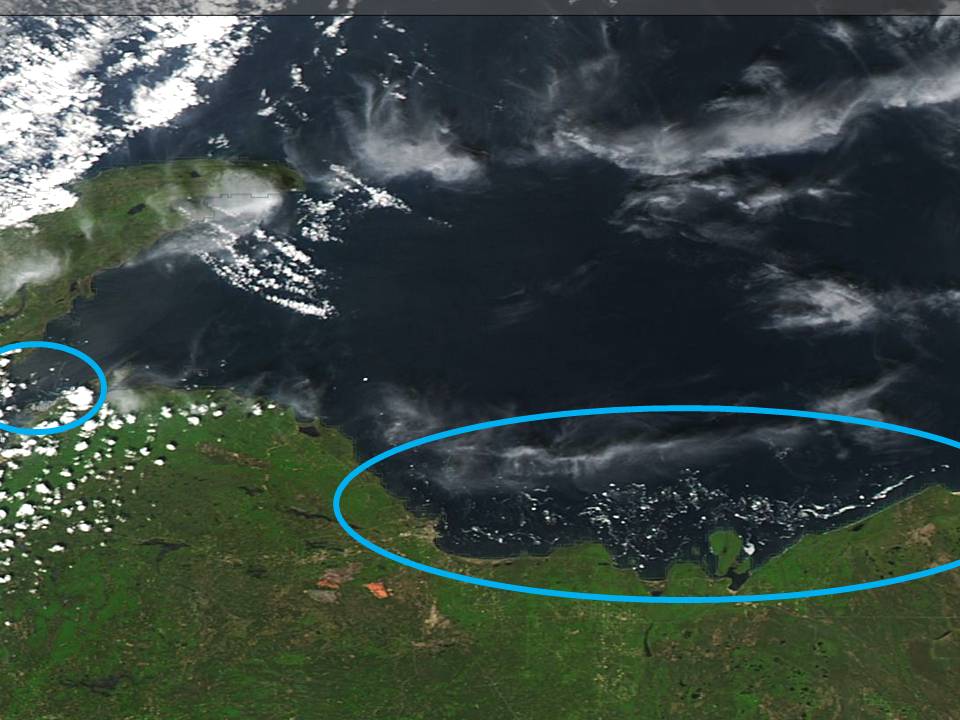
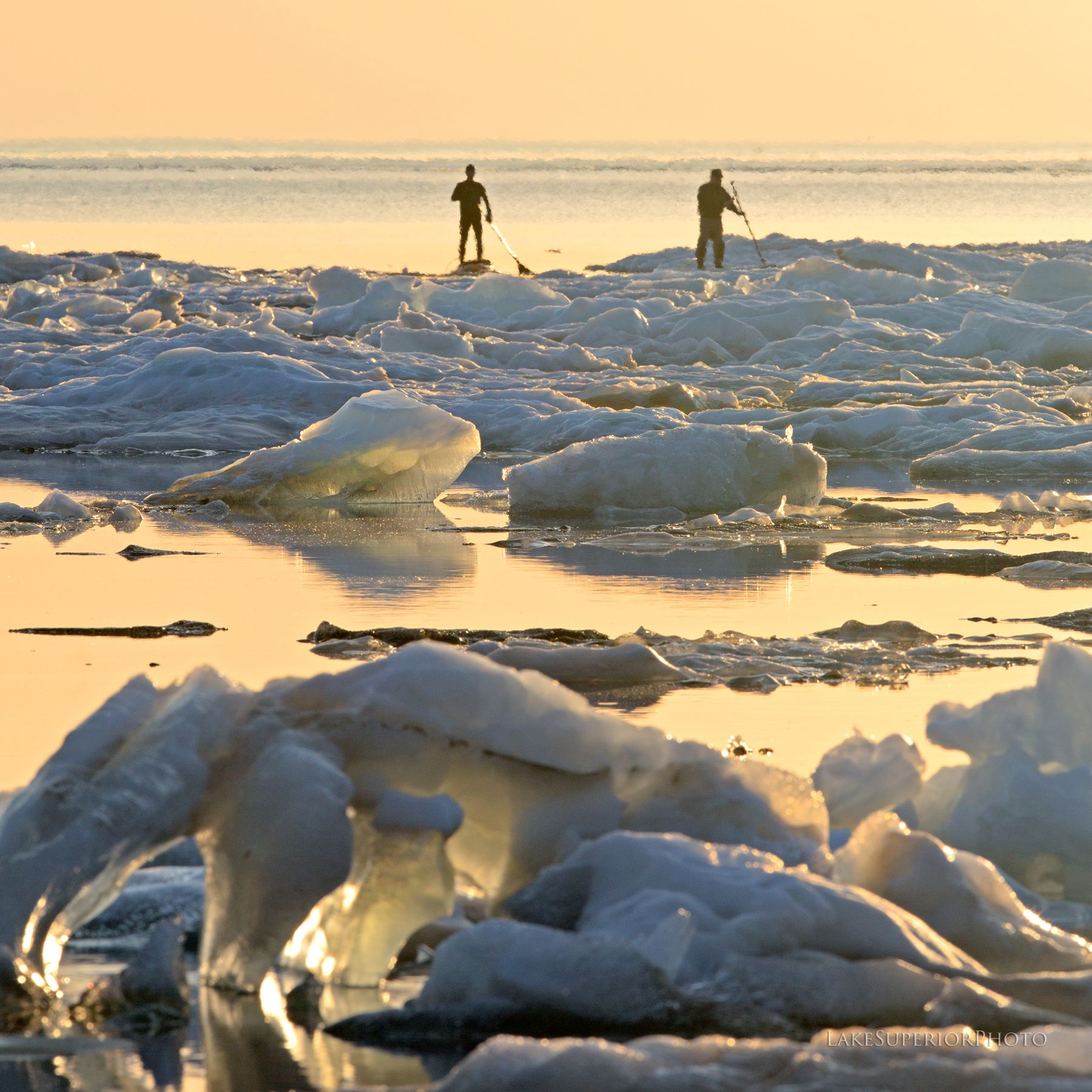
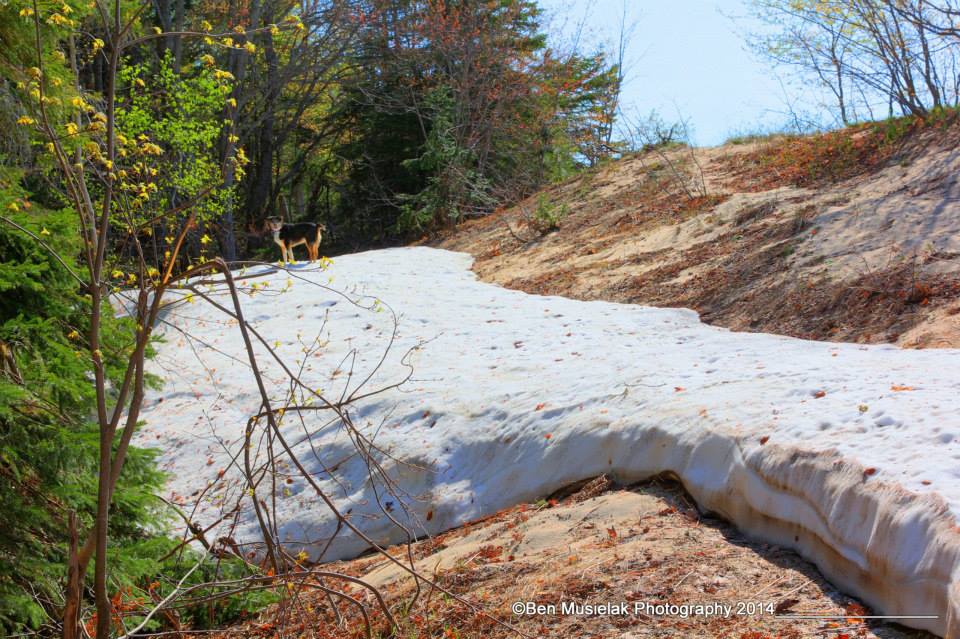

 Home/Blog
Home/Blog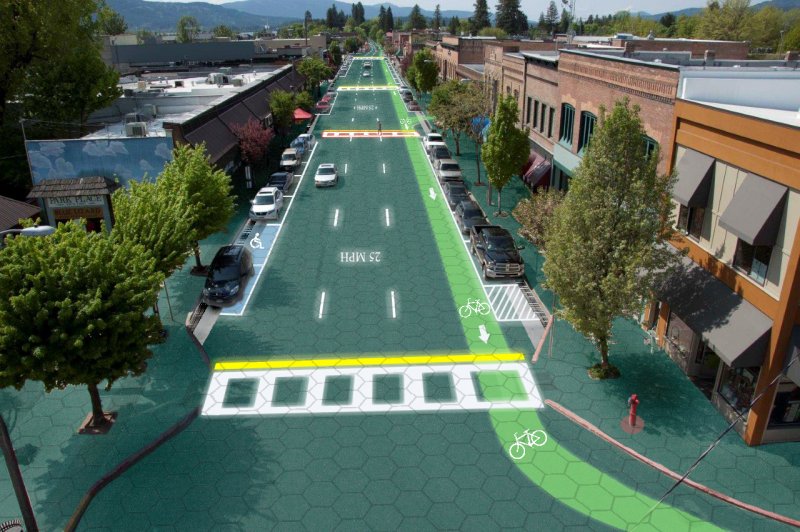
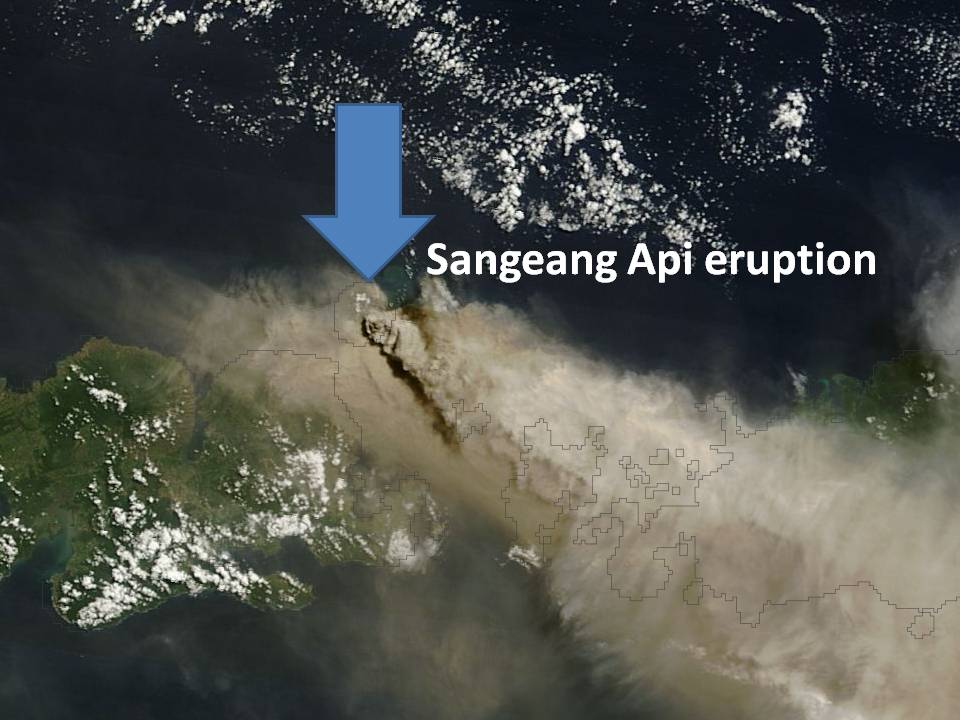
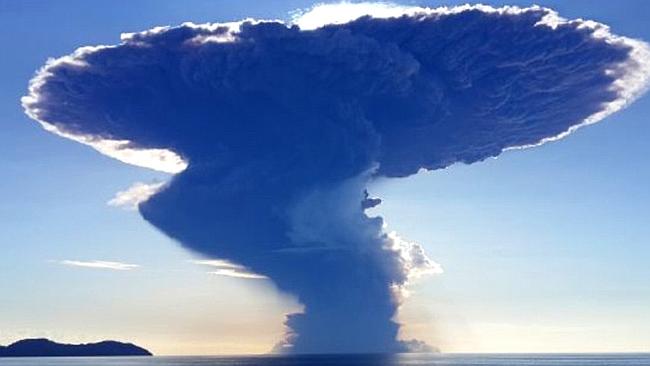
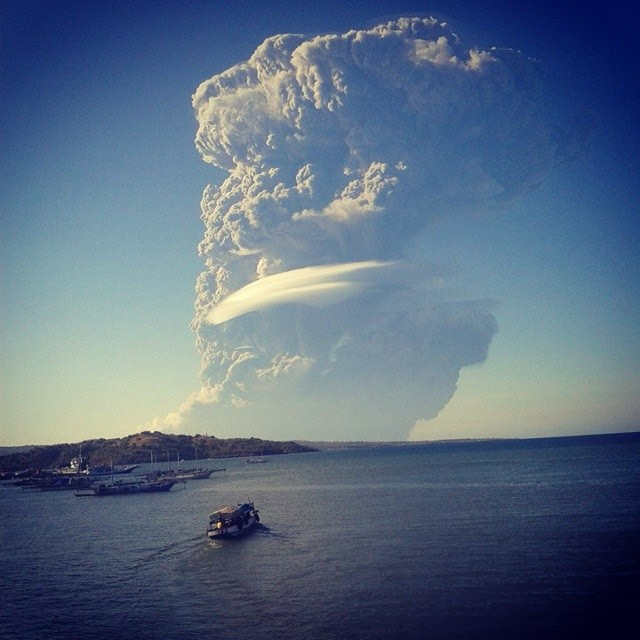
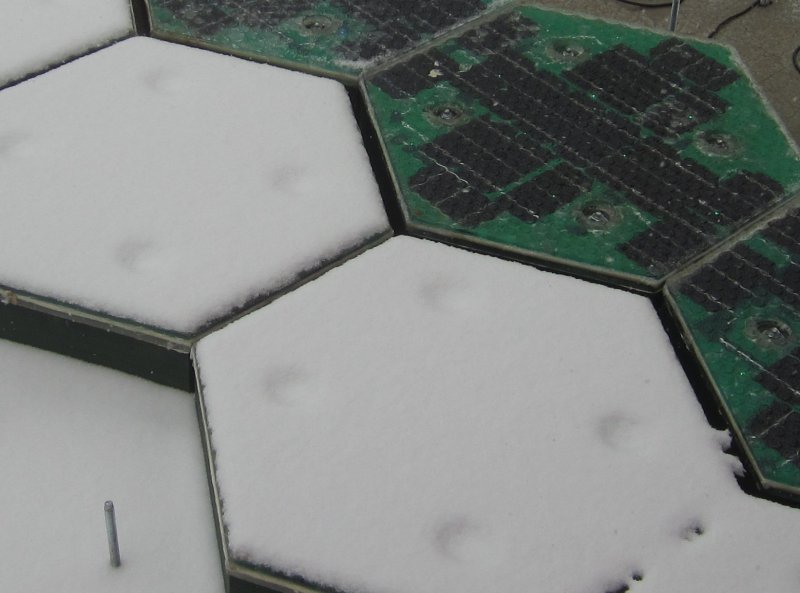
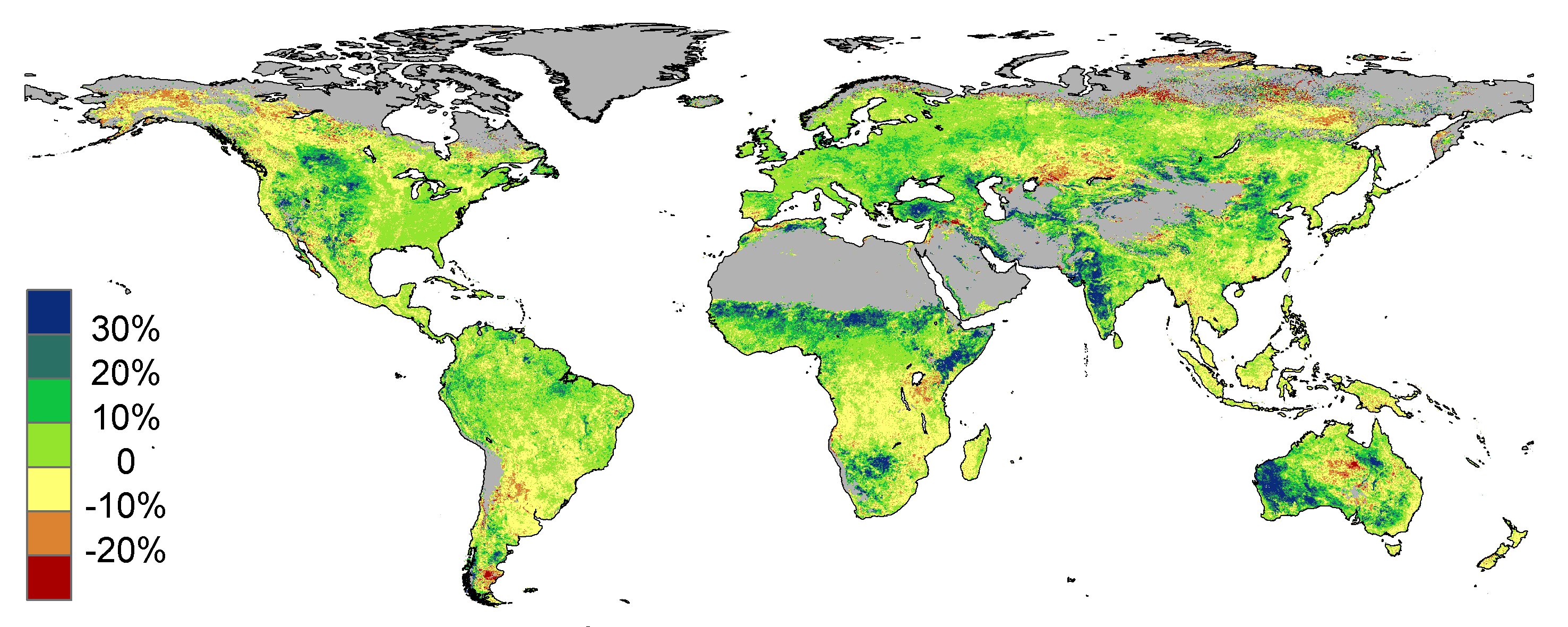
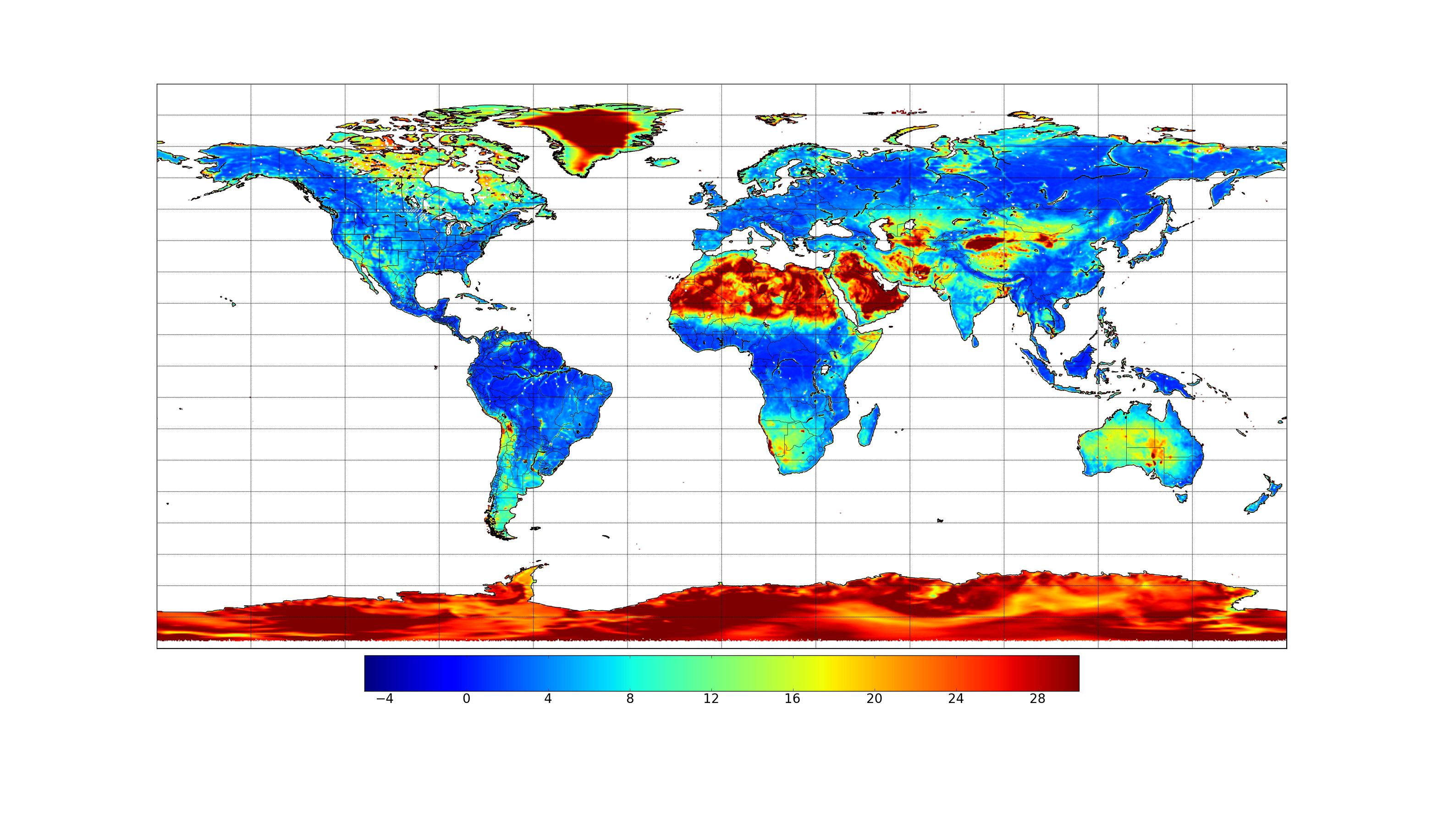
![26-year trends in 37 GHz [V-H] (deg. C per year) for the period 1987-2013.](https://www.drroyspencer.com/wp-content/uploads/trend_big.jpg)
